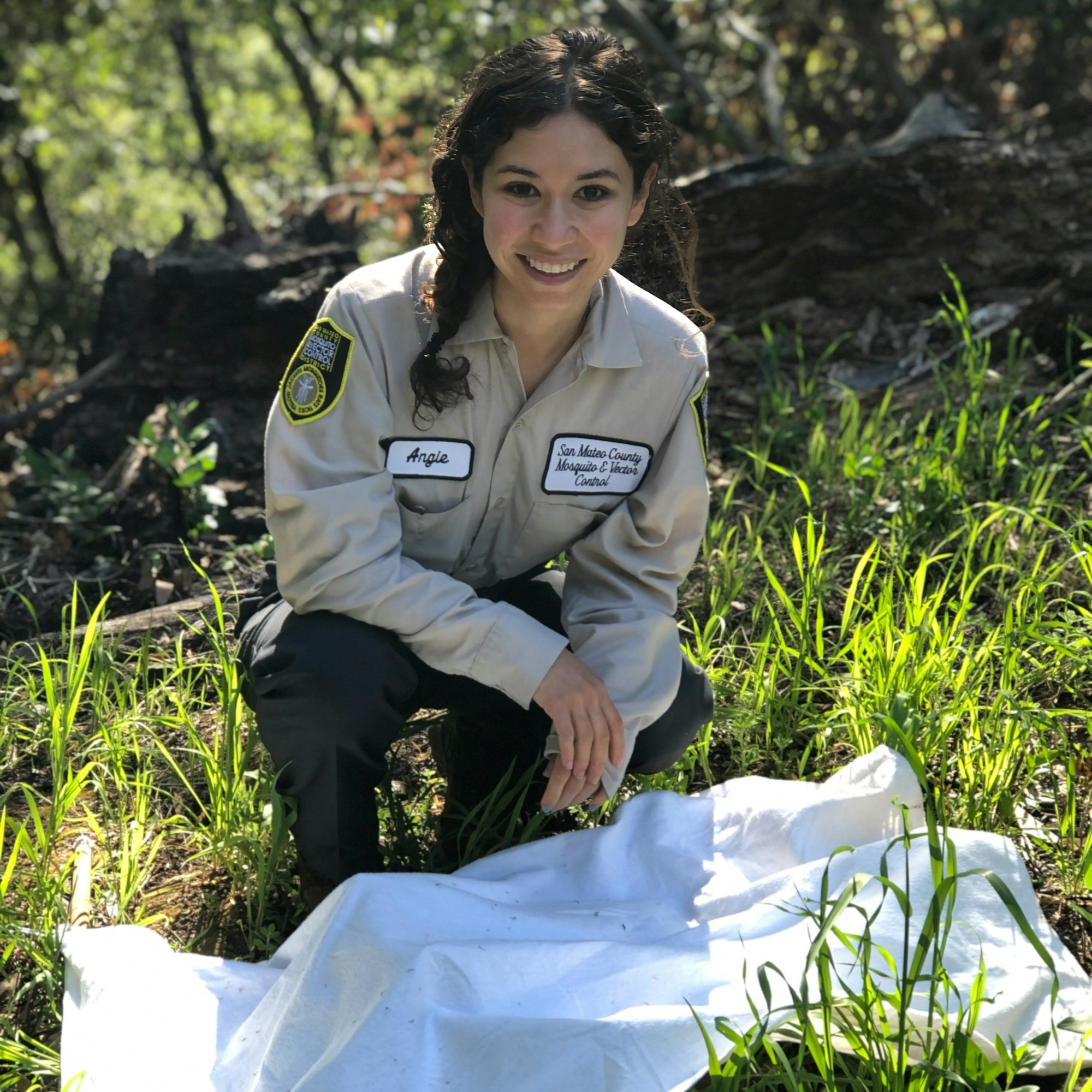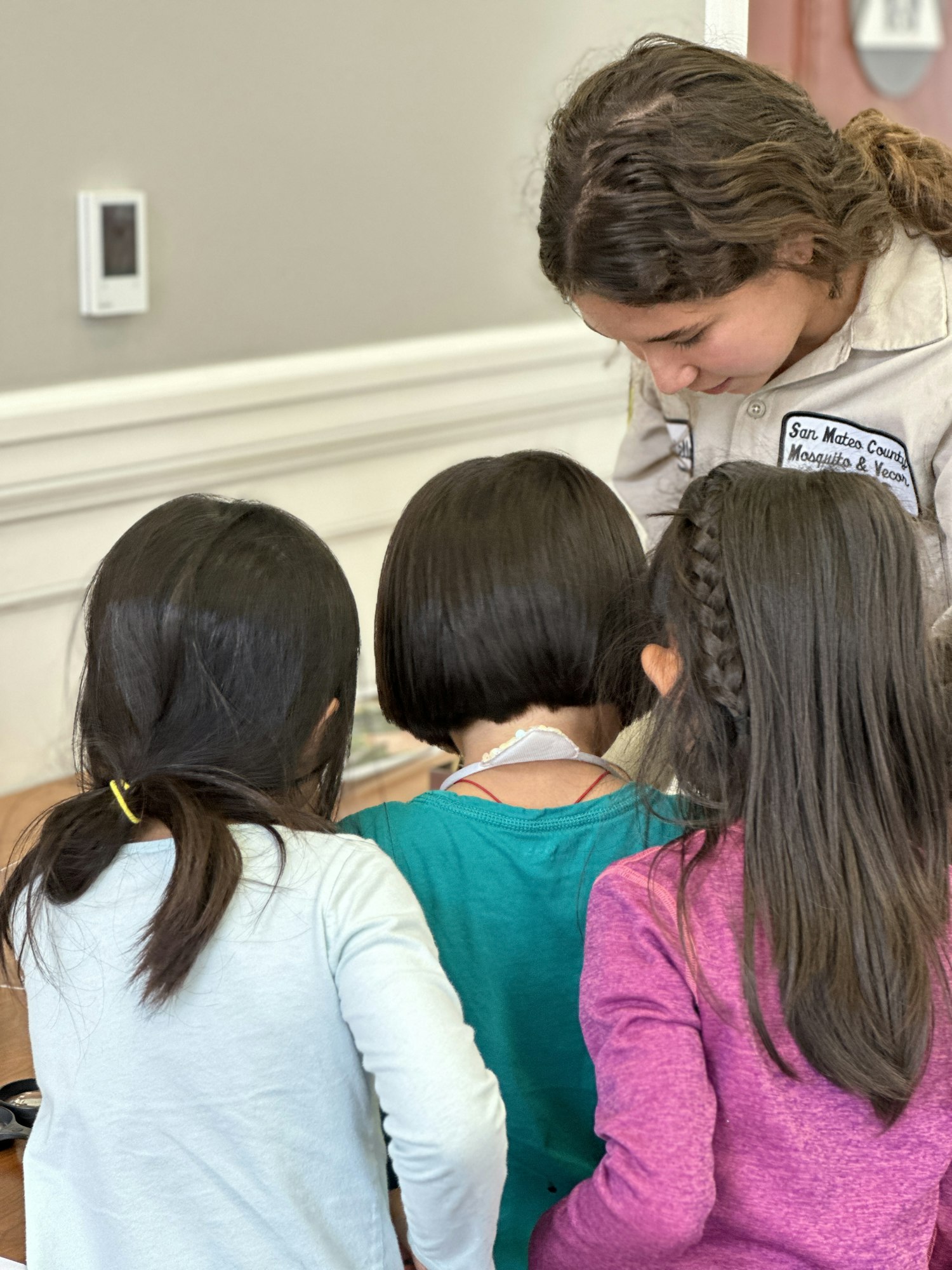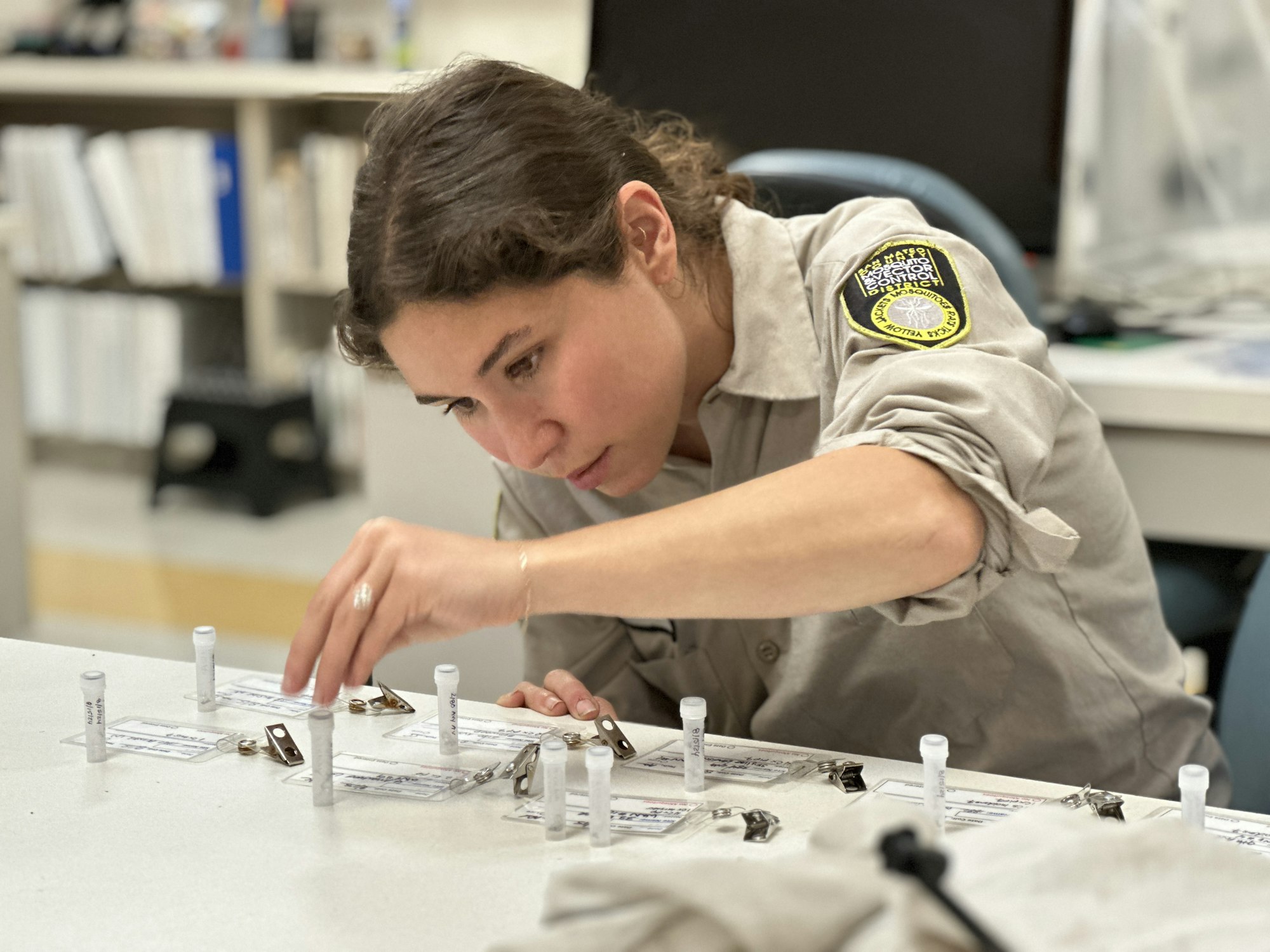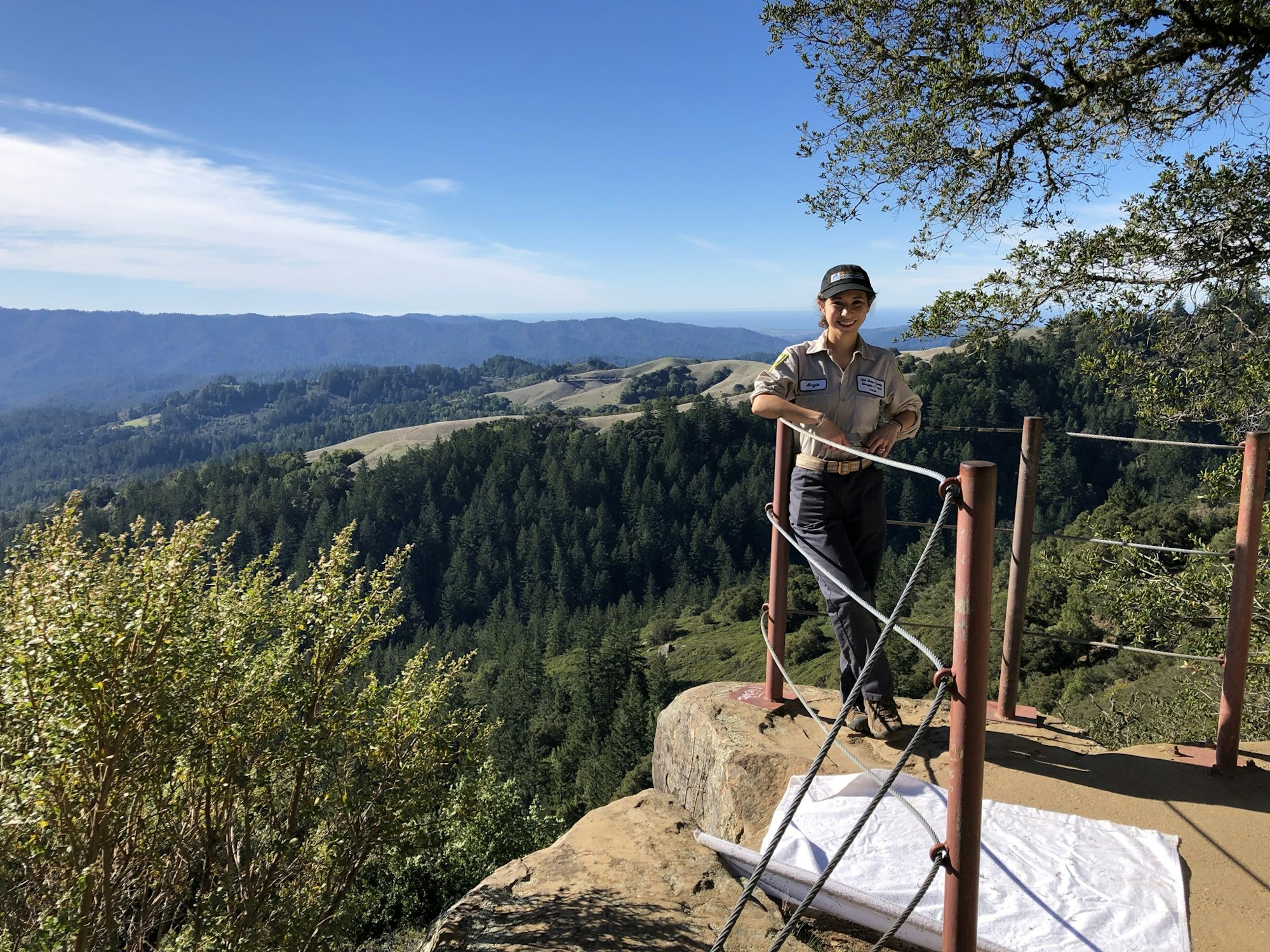Arielle Crews

Arielle received her B.S. in Wildlife Biology from the University of California, Davis, and her M.S. in Microbiology from San Francisco State University. Her graduate research focused on tick-borne diseases throughout the San Francisco Bay Area with a focus on Lyme disease. Prior to working as a Vector Ecologist, Arielle received a National Science Foundation grant to work within the San Mateo County Vector Control Laboratory, where she trained with District staff and developed molecular protocols for disease surveillance.
Outside of her District experience, she previously worked as a Vector Biologist for the California Department of Public Health in the Vector-Borne Disease Section. There, she conducted state-wide laboratory disease surveillance for an array of pathogens including West Nile, St. Louis encephalitis, Western Equine Encephalitis, Lyme disease, and plague. Arielle has also been involved in a wide breadth of academic research projects from across the country including Lyme disease in New York, Leptospirosis in Hawaii, and Hantavirus in New Mexico.
When she’s not in the laboratory, Arielle likes to sing off-key and jam on her ukulele.
Arielle's answers to a few questions about working with the District:
What is your favorite part of your job?
My favorite part of my job is a tie between helping people and the unique opportunities I get to explore some truly beautiful parts of the county. On one hand, it’s incredibly rewarding to assist the community by addressing concerns about vector-borne diseases. On the other hand, the fieldwork, especially collecting ticks, allows me to hike through stunning landscapes that I might never have experienced otherwise.

What interest/background brought you to this job?
My journey to this job has been shaped by a strong foundation in wildlife biology and a growing passion for studying zoonotic diseases. My undergraduate degree is in Wildlife Biology, but my interest in disease ecology began during my first internship, where I studied behavioral changes in mice exposed to Hantavirus. After graduating, I joined the Cary Institute of Ecosystem Studies, where I worked under Dr. Richard Ostfeld on a long-term tick dataset. This role was my first deep dive into vector-borne diseases and gave me a firsthand understanding of the significant impact Lyme disease can have on communities. Located in Millbrook, NY—one of the areas with the highest Lyme infection rates in the country—the experience solidified my interest in disease ecology.
Later, I pursued a Master’s degree at San Francisco State University, where I focused on the California sylvatic cycle of Lyme disease and investigated the genetic makeup of Borrelia burgdorferi, the pathogen that causes Lyme. While completing my MS, I had the opportunity to intern with the lab at San Mateo County Mosquito and Vector Control. That internship was pivotal, and I was fortunate to secure a full-time position here a year later. Each step along the way has deepened my commitment to understanding and addressing vector-borne diseases to improve public health.

What is something you wish everyone knew about ticks?
I wish more people understood the risks associated with ticks and how to protect themselves through simple yet effective personal protective measures. Wearing long sleeves and pants, using insect repellents that contain DEET or permethrin, performing thorough tick checks after spending time outdoors, and showering soon after being in tick-prone areas are all important habits. (Learn more about preventing tick bites.)
Our staff work throughout the entire County. What is your favorite spot in the County? And/or where is the best view in the County?
My favorite spot in the county is the beach near Pillar Point Lighthouse when the sour grass is blooming.


